一、Pycharm的使用
1、创建项目


2、python调整字体大小随ctrl+鼠标滚轮上下滚动
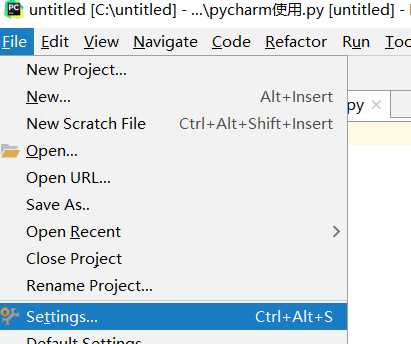
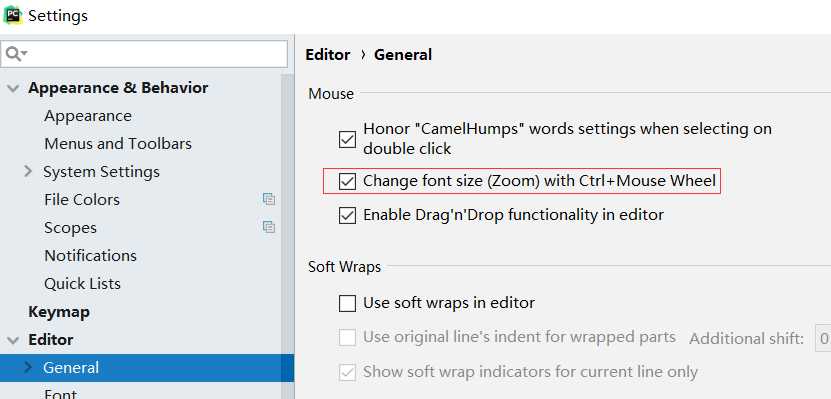
3、python新建程序自动补全编码和环境
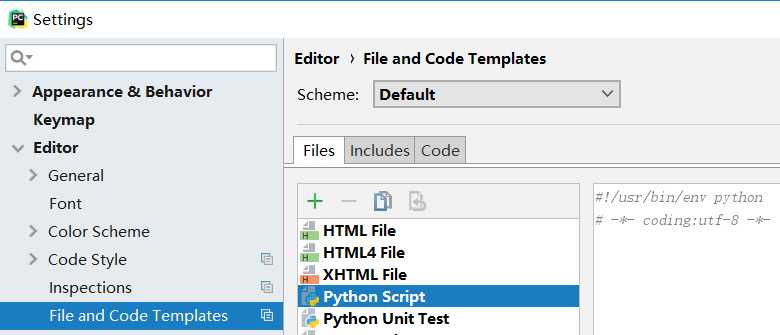
4、设置断点(在代码前面行号后面单击鼠标左键)
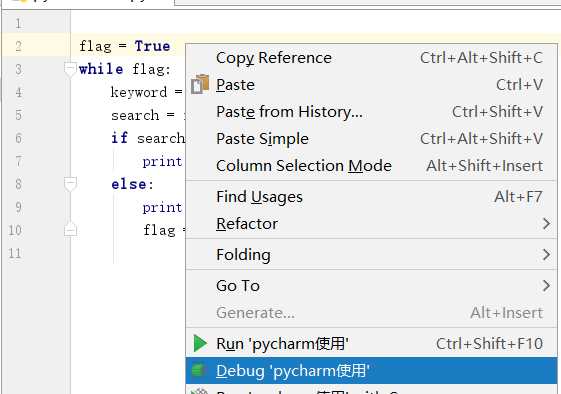

5、调试断点
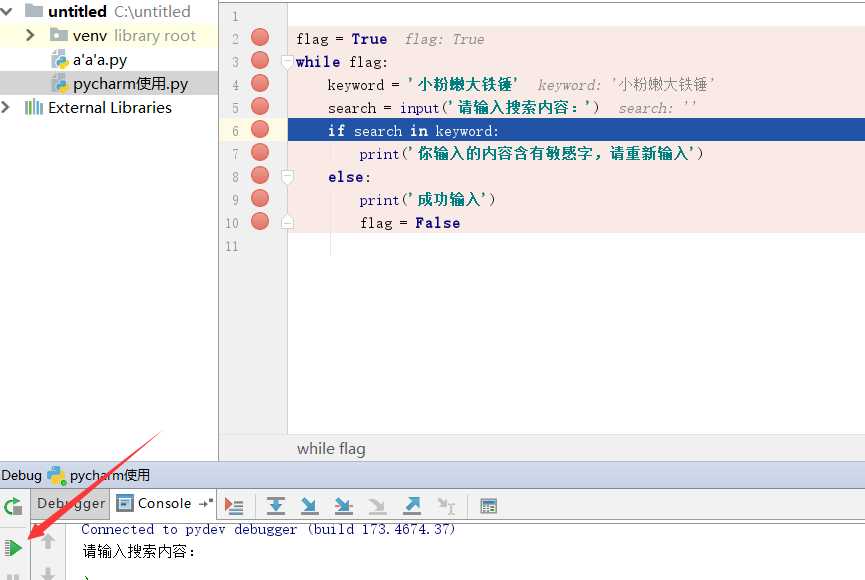
二、in、not in
s = ‘老男孩alexwusir‘
print(‘老男孩‘ in s)
print(‘老男孩wusir‘ in s)
print(‘老男‘ in s)
print(‘老男‘ not in s)
comment = input(‘请输入你的评论:‘)
if ‘苍井空‘ in comment:
print(‘您输入的敏感词汇,请重新输入‘)
在一个字符串中,用一个母字符串中包含的定义的子字符串必须是连续的为True,不连续是False,in表示包含,not in表示非包含。
三、while else
count = 1
while True:
print(count)
if count == 3:break
count += 1
else:
print(‘循环正常完毕‘)
count = 1 flag = True while flag: print(count) if count == 3: flag = False count += 1 else: print(‘循环正常完毕‘)
如果循环被break打断,程序不会走else
四、格式化输出
% 占位符 s str 字符串 d digit 数字
第一种:
name = input(‘请输入你的姓名:‘) age = input(‘请输入你的年龄:‘) hobby = input(‘请输入你的爱好:‘) msg = ‘我叫%s,今年%d岁,爱好%s‘ % (name,int(age),hobby) print(msg)
第二种
dic = {‘name‘:‘老男孩‘,‘age‘:51,‘hobby‘:‘无所谓‘}
msg = ‘我叫%(name)s,今年%(age)d岁,爱好%(hobby)s‘ % dic
print(msg)
在格式化输出中单纯的显示% 用%% 解决。
name = input(‘请输入你的姓名:‘) age = input(‘请输入你的年龄:‘) msg = ‘我叫%s,今年%d岁,学习进度为1%%‘ % (name,int(age)) print(msg)
五、运算符
and or not
第一种:前后都是比较运算。
优先级:()> not > and > or 同一个优先级,从左至右依次计算。
print(1 > 2 and 3 < 4 and 3 > 2 or 2 < 3)
print(2 > 1 and 3 < 4 or 4 > 5 and 2 < 1)
print(1 > 2 and 3 < 4 or 4 > 5 and 2 > 1 or 9 < 8)
第二种:前后都是数值运算。
x or y if x True,则 return x,否则 return y
print(1 or 3)
print(1 or 3)
print(2 or 3)
print(0 or 3)
print(-1 or 3)
print(1 and 2)
print(0 and 2)
第三种:混合。
print(1 > 2 or 3 and 4)
print(2 or 2 > 3 and 4)
print(0 or 2 > 3 and 4)
数据类型转换:
int ---> bool 非0即True,0为False
bool---> int True 1 False 0
print(int(True))
print(int(False))
print(bool(100))
print(bool(0))
print(3 > 2 or 1 > 2)
如果or前面为非0数,只取前面的结果,and反之。
六、编码
初期密码本:
asiic 包含数字,英文,特殊字符。八位
01000001 01000010 01000011 A B C
8位 = 1 byte 表示一个字符。
万国码unicode,将所有国家的语言包含在这个密码本。
初期:16位,两个字节,表示一个字符。
A : 00010000 00010010
中: 00010010 00010010
升级:32位,四个字节,表示一个字符。
A : 00010000 00010010 00010000 00010010
中: 00010010 00010010 00010010 00010010
资源浪费。
升级:utf-8。最少用8位(一个字节),表示一个字符。
英文:a :00010000 用8位表示一个字符。
欧洲:00010000 00010000 16位两个字节表示一个字符。
亚洲 中 :00010000 00010000 00010000 24位,三个字节表示一个字符。
utf-16
gbk:国标。
只包含:英文中文。
英文:a :00010000 8位,一个字节表示一个字符。
中文:中:00010000 00010000 16位,两个字节表示一个字符。
gb2312.....
知识回顾
判断下列逻辑语句的True,False.
1)1 > 1 or 3 < 4 or 4 > 5 and 2 > 1 and 9 > 8 or 7 < 6
2)not 2 > 1 and 3 < 4 or 4 > 5 and 2 > 1 and 9 > 8 or 7 < 6
2、求出下列逻辑语句的值。
1),8 or 3 and 4 or 2 and 0 or 9 and 7
2),0 or 2 and 3 and 4 or 6 and 0 or 3
3、下列结果是什么?
1)、6 or 2 > 1
2)、3 or 2 > 1
3)、0 or 5 < 4
4)、5 < 4 or 3
5)、2 > 1 or 6
6)、3 and 2 > 1
7)、0 and 3 > 1
8)、2 > 1 and 3
9)、3 > 1 and 0
10)、3 > 1 and 2 or 2 < 3 and 3 and 4 or 3 > 2
4. 简述变量命名规范
5. name = input(“>>>”) name变量是什么数据类型?
6. if条件语句的基本结构?
7. while循环语句基本结构?
8. 写代码:计算 1 - 2 + 3 ... + 99 中除了88以外所有数的总和?
9. ?户登陆(三次输错机会)且每次输错误时显示剩余错误次数(提示:使?字符串格式化)
10. 简述ascii、unicode、utf-8编码关系?
11. 简述位和字节的关系?
12. “?男孩”使?UTF-8编码占??个字节?使?GBK编码占?个字节?
13. 制作趣味模板程序需求:等待?户输?名字、地点、爱好,根据?户的名字和爱好进?任意现实 如:敬爱可亲的xxx,最喜欢在xxx地??xxx
14. 等待?户输?内容,检测?户输?内容中是否包含敏感字符?如果存在敏感字符提示“存在敏感字符请重新输?”,并允许?户重新输?并打印。敏感字符:“?粉嫩”、“?铁锤”
15. 单?注释以及多?注释?
16. 简述你所知道的Python3和Python2的区别?
17. 看代码书写结果:
a = 1>2 or 4<7 and 8 == 8
print(a)
18.continue和break区别?
Day3默写代码:
Bit,Bytes,Kb,Mb,Gb,Tb之间的转换关系。
Unicode,utf-8,gbk,每个编码英文,中文,分别用几个字节表示。
True
False
7
3
6
3
0
3
True
True
0
3
0
4
不能特殊符号,_或字母开头,简洁且有含义,避开关键字
字符串str
if 条件:
结果
else:
结果
while 条件:
结果
count = 0
sum = 0
while count < 99:
count += 1
if count
== 88:
continue
elif count % 2 == 1:
sum += count
else:
sum -= count
print(sum)
count = 3
while count > 0:
username = input(‘输入用户名:‘)
password = input(‘输入密码:‘)
count -= 1
if username
== ‘hj‘ and password
== ‘123‘:
print(‘登录成功‘)
break
else:
pass
print(‘用户名或密码错误,剩余输入次数%s‘ % count)
name = input(‘请输入名字:‘)
site = input(‘请输入地点:‘)
hobby = input(‘请输入爱好:‘)
msg = ‘敬爱可亲的%s,最喜欢在%s地方干%s‘ %
(name,site,hobby)
print(msg)
flag = True
while flag:
keyword = ‘小粉嫩大铁锤‘
search = input(‘请输入搜索内容:‘)
if search
in keyword:
print(‘你输入的内容含有敏感字,请重新输入‘)
else:
print(‘成功输入‘)
flag = False
